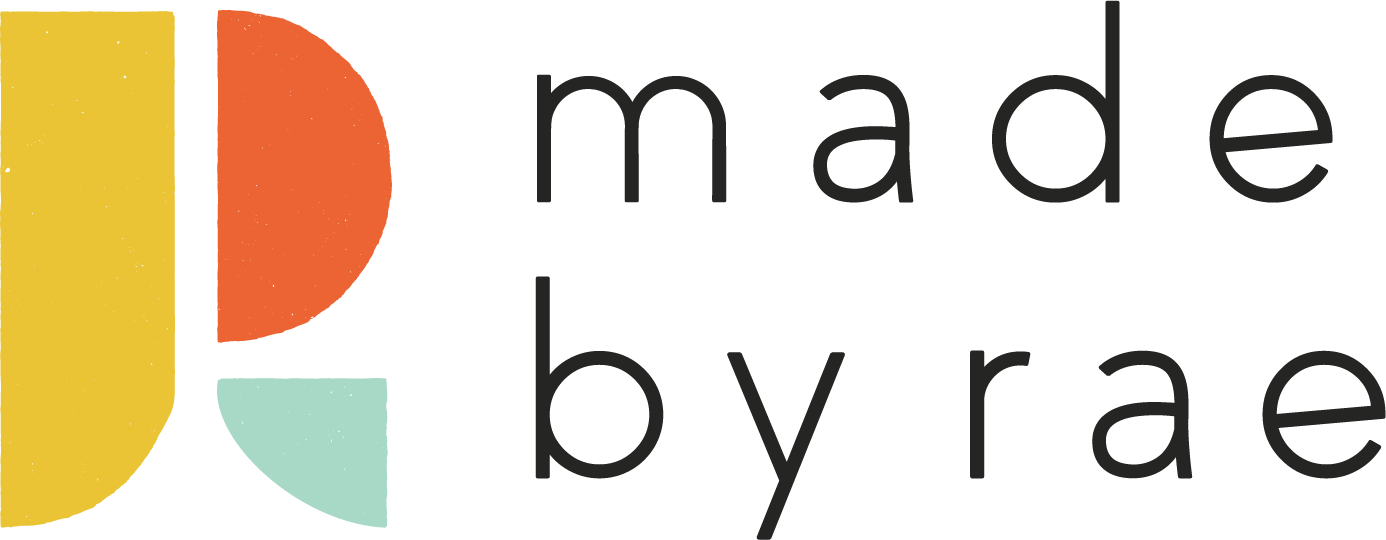Trillium with Patch Pockets
This is my most recent (and super swishy and comfy!) version of Trillium; I made a few easy mods to this one because it is made with rayon fabric. These are the same basic mods I made to this fun rayon maxi version of Trillium that I made back in 2015, so if you’re making a rayon Trillium, you might be interesting in trying these mods as well.
Rayon fabric — especially lighter weight ones like rayon challis — tend to be quite fluid and move around a lot, so for this dress I substituted some of the features of Trillium that work better in a more structured fabric (facings, inseam pockets, pleats). On the other hand, I think some of the other features — like the darts and shirring — are actually easier to execute with rayon.
One note about rayon: I purchased (or was gifted? I can’t remember) this Cotton and Steel rayon new a number of years ago, but since then I’ve increasingly tried to source deadstock or overstock rayon fabrics whenever possible, unless I feel sure that a company is using an environmentally friendly process for their rayon production (such as fabrics labeled “tencel” or “lyocell”, or those produced by Cloud9, which as a Cloud9 designer I feel I can safely vouch for). I I try to do a bit of research before I purchase — I really do think it makes a difference. I definitely feel a deep responsibility to be a mindful consumer when it comes to sourcing my fabric (I hope you do too).
Ok, here are the mods I added to this version:
Substituted gathers for the pleats on the front skirt
Added patch pockets to the front of the dress rather than the inseam pockets
Used bias tape to finish the arm and neckline edges, rather than using the neck facings
How to substitute gathers for the pleats
This is such an easy and fun way to mix it up with the Trillium pattern. I like to gather the top of the front skirt between the two outer-most pleat marks before attaching it to the front bodice, like so:
To gather, set your machine tension to high and straight stitch length to the longest setting. Then stitch two lines along the top of the skirt (3/8” and 5/8” away from the edge) between the two marks. Pull on the ends of the threads to gather the skirt until it’s the same width as the front bodice, and distribute the gathers evenly across the skirt. Then you can pin and sew the front skirt and front bodice together (remember to reset your machine tension and stitch length before you do that. Once you’ve sewn that seam, you can remove the basting stitches (just pull from one side - super easy!) so they’re no longer visible.
Adding patch pockets
I’ll add a tutorial for how I like to make patch pockets soon; it’s really easy!
How to add bias binding to the neckline
The pattern calls for bias binding on the armholes (it’s attached on the outside of the garment and then flipped into the inside and stitched down, a technique known as “french binding”), but I also like to add it to the neckline instead of facings. I also like to leave the bindings visible on both the neck and arms rather than hidden inside the garment, so I use the “traditional” method from my bias binding tutorials (click on the image below for the tutorials).
I use the “Traditional Method,” but you can also get the same visible binding with the “topstitch method. My tutorials for bias binding show how to do all three of these binding techniques (traditional, topstitch, french)! Click on the image (above) to go right to the tutorials.
And if you’re not sure how to make bias binding, there’s a handy tutorial for that, too!
(All of my tutorials are always accessible from the Tutorials page, by the way)
I hope this post gives you some ideas for fun ways to mix it up with your Trillium pattern! Still need the pattern? It’s available in extended sizes as a PDF in my shop (and we’re hoping to have a print version ready early this fall!).








